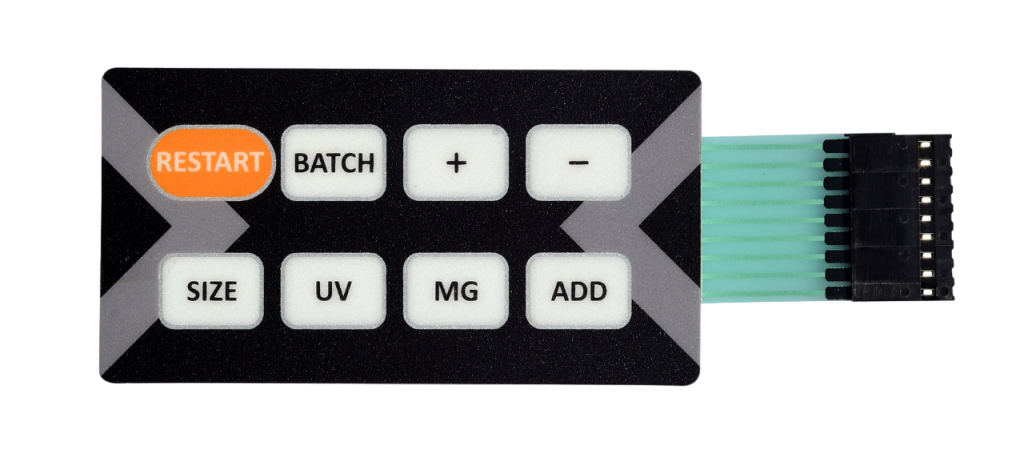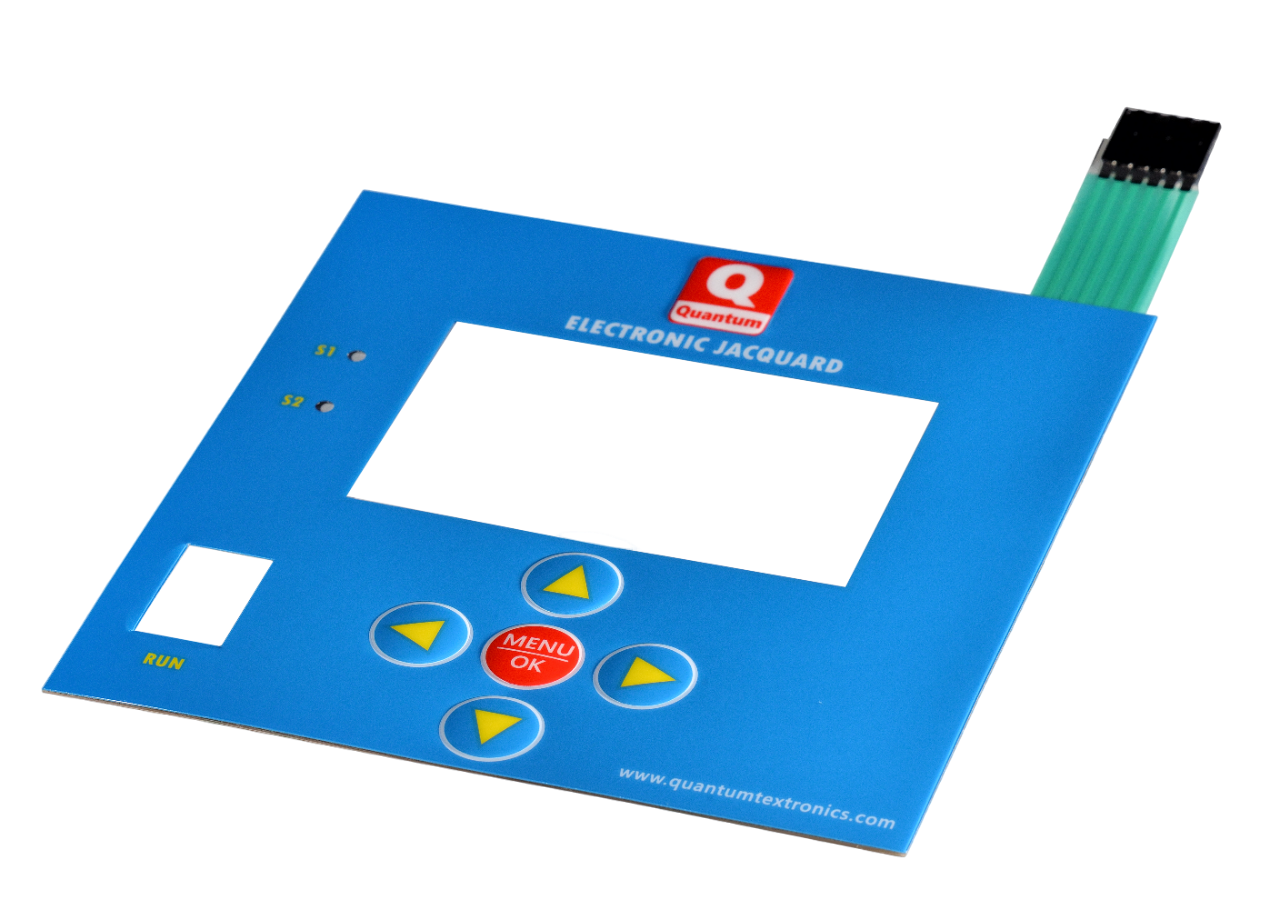FLEXIBLE CAPACITIVE TOUCH SENSORS
What are Flexible Capacitive Touch Sensors?
Unlike traditional touchscreens made of glass, these sensors are built on thin and flexible substrates, allowing them to conform to curved surfaces and integrate seamlessly into various designs. They work similarly to their rigid counterparts, using the principle of capacitance to detect touch. When a finger nears or touches a designated sensor area, the capacitance changes due to the electrical properties of the human body. This change is picked up by the underlying circuitry, registering a touch command.

Flexible capacitive touch sensors are revolutionizing how we interact with devices, offering a new level of versatility and user experience.
How They're Made
These innovative sensors are crafted from a combination of unique materials.
Flexible Substrate
This forms the base of the sensor and is typically made from a thin and durable plastic film like polyethylene terephthalate (PET) or polyimide (PI).
Flexible Substrate
This forms the base of the sensor and is typically made from a thin and durable plastic film like polyethylene terephthalate (PET) or polyimide (PI).
Conductive Layer
A thin layer of conductive material, often a metal mesh or transparent conductive ink, is deposited on the substrate to form the electrical pathways for the sensor.
Conductive Layer
A thin layer of conductive material, often a metal mesh or transparent conductive ink, is deposited on the substrate to form the electrical pathways for the sensor.

Dielectric Layer
A thin insulating layer, like a polymer film, separates the conductive layer from the touch surface.
Dielectric Layer
A thin insulating layer, like a polymer film, separates the conductive layer from the touch surface.
Top Layer
This optional layer can be made from various materials depending on the desired properties, such as:
Polycarbonate (PC): Provides a clear and rigid protective layer.
Polyurethane (PU): Offers a flexible and touch-sensitive surface.
Top Layer
This optional layer can be made from various materials depending on the desired properties, such as:
Polycarbonate (PC): Provides a clear and rigid protective layer.
Polyurethane (PU): Offers a flexible and touch-sensitive surface.
Benefits of Flexible Capacitive Touch Sensors
Unmatched Flexibility
These sensors can bend, curve, and conform to various shapes, opening doors for innovative device designs and integration into unconventional surfaces.
Durability
Despite their flexibility, they are surprisingly durable and resistant to wear and tear.
Lightweight and Thin
Their lightweight construction makes them ideal for portable devices and applications where weight is a concern.
Transparent Design
The use of transparent materials allows for clear displays or integration with existing screens.
Easy Integration
The flexible nature simplifies the integration process into various devices and surfaces.
Applications for Flexible Touch Sensors
The possibilities for flexible capacitive touch sensors are vast and extend across various industries:
Consumer Electronics
Imagine curved smartphone displays or touch-sensitive surfaces on wearables.
Automotive Industry
Flexible touch controls on steering wheels or dashboards for a more intuitive driving experience.
Medical Devices
Flexible sensor pads for medical equipment that require conformability and easy cleaning.
Smart Homes and Appliances
Touch-sensitive controls on curved surfaces of appliances or smart home devices.
Interactive Surfaces
Large, interactive displays for retail stores, museums, or educational settings.
The Future is Flexible
Flexible capacitive touch sensors represent the cutting edge of touch technology. Their versatility, durability, and ease of integration make them a game-changer for various applications. As the technology continues to evolve, we can expect to see even more innovative and exciting uses emerge in the future.
Beyond the Basics
While flexible capacitive touch sensors offer a wide range of benefits, it’s important to consider some factors when choosing them for your project:
- Sensor Size and Layout: Ensure the sensor fits the designated space and offers the required number of touch points
- Environmental Factors: Think about potential exposure to moisture, extreme temperatures, or chemicals depending on the application
- Response Sensitivity: Consider the desired level of touch sensitivity for your specific needs.
- Compatibility: Ensure compatibility with the device or system you’re integrating the sensor with.
By understanding the capabilities and considerations of flexible capacitive touch sensors, you can unlock a world of exciting possibilities for your next project.
